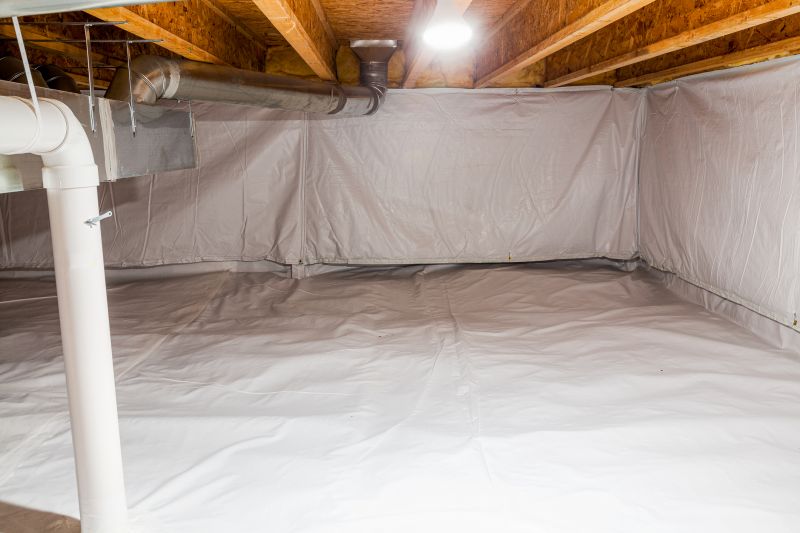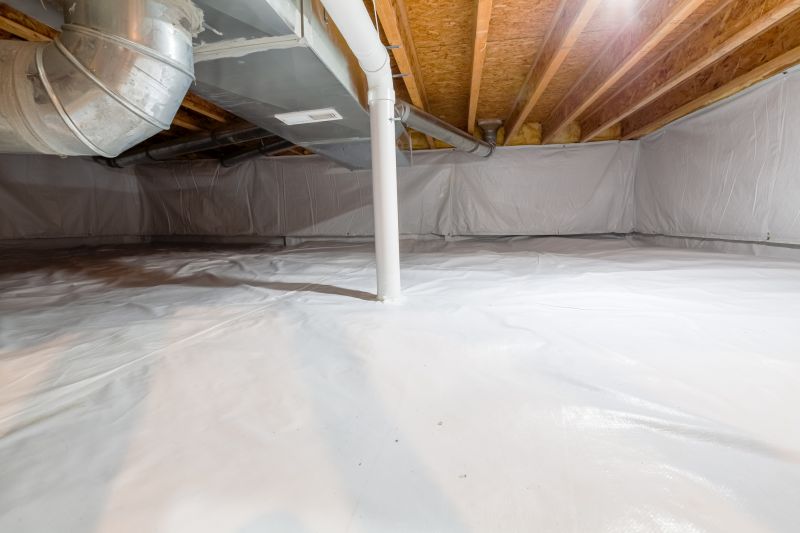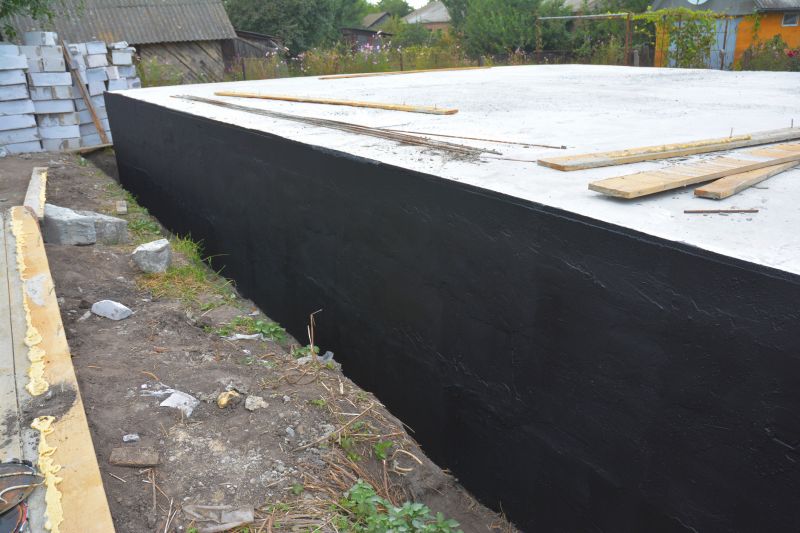Affordable Crawlspace Sealing to Boost Home Efficiency
Crawlspace encapsulation involves sealing and insulating the space beneath a building to prevent moisture intrusion, improve air quality, and enhance energy efficiency. Proper encapsulation can significantly reduce the risk of mold growth, wood rot, and pest infestations, contributing to a healthier and more comfortable indoor environment.
Encapsulation prevents moisture infiltration, reducing mold growth and structural damage. Studies show that encapsulated crawlspaces decrease humidity levels by up to 50%, protecting the home and its foundation.
Sealing the crawlspace can lower heating and cooling costs by reducing air leaks. Homeowners may experience savings of 10-15% on energy bills after encapsulation.
Encapsulation minimizes airborne mold spores and allergens, leading to improved indoor air quality and potentially reducing allergy and asthma symptoms.
A sealed crawlspace discourages pests and rodents, while also protecting wooden beams and flooring from moisture-related deterioration.

A fully sealed and insulated crawlspace showing vapor barriers and proper sealing techniques.

Close-up of vapor barrier and insulation installed to prevent moisture intrusion.

Interior view of an encapsulated crawlspace with insulation and sealing features.

Another angle showing the comprehensive sealing and moisture barrier installation.
Failure to encapsulate a crawlspace can lead to increased moisture, mold growth, and structural damage, which may result in costly repairs and health issues. Without proper sealing, homes are more vulnerable to pests, increased energy costs, and indoor air quality problems. Encapsulation offers a proven solution to these common challenges, promoting a healthier and more energy-efficient living space.
| Dangers of Not Encapsulating | Benefits of Encapsulation |
|---|---|
| Increased moisture and mold risk | Reduces humidity and prevents mold growth |
| Higher energy bills | Improves energy efficiency and lowers costs |
| Pest infestations | Discourages pests and rodents |
| Structural deterioration | Protects wooden beams and foundation |
| Poor indoor air quality | Minimizes airborne allergens and mold spores |
| Wood rot and decay | Prevents moisture-related damage |
| Health issues related to mold | Enhances indoor air quality |
| Pest damage to insulation | Creates a pest barrier |
Encapsulating a crawlspace can provide long-term protection against moisture, pests, and structural issues, contributing to a safer, healthier, and more energy-efficient home environment. Proper sealing and insulation are essential steps in maintaining the integrity of the building and ensuring indoor comfort.

